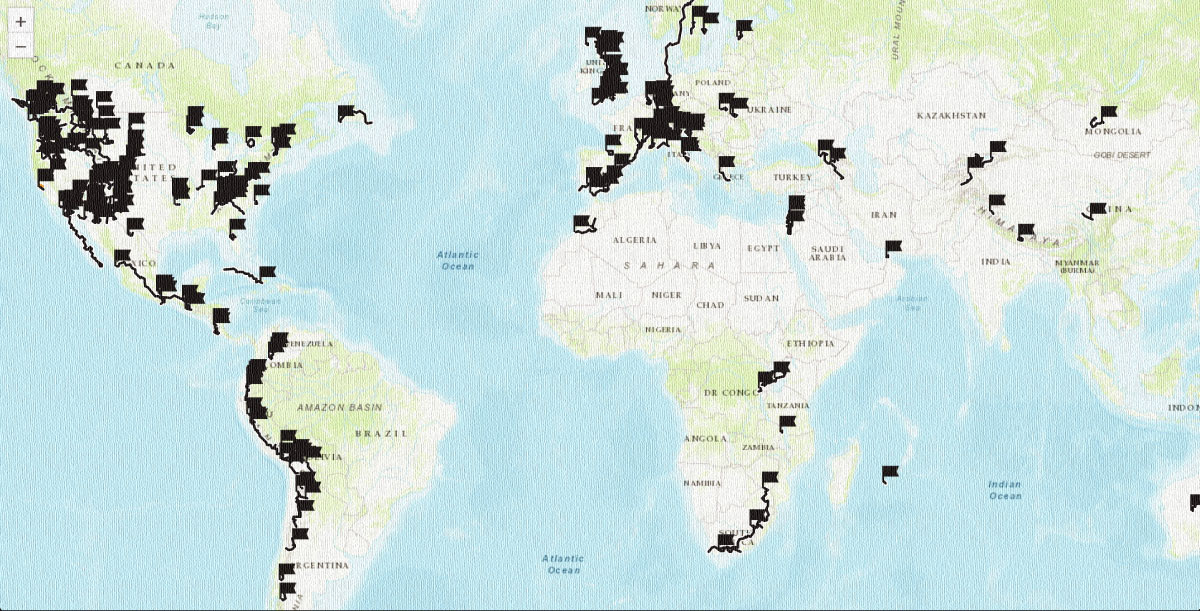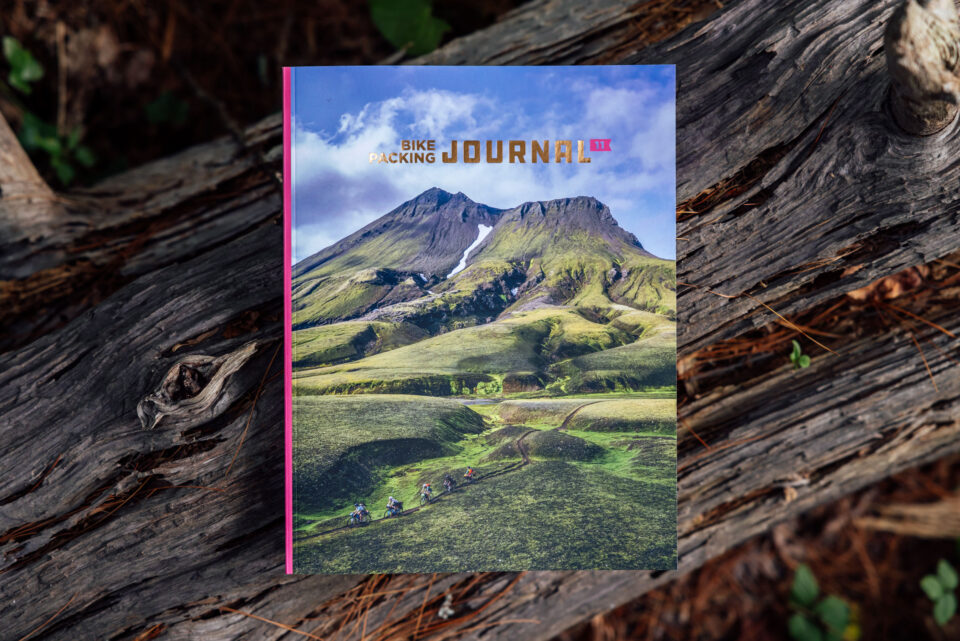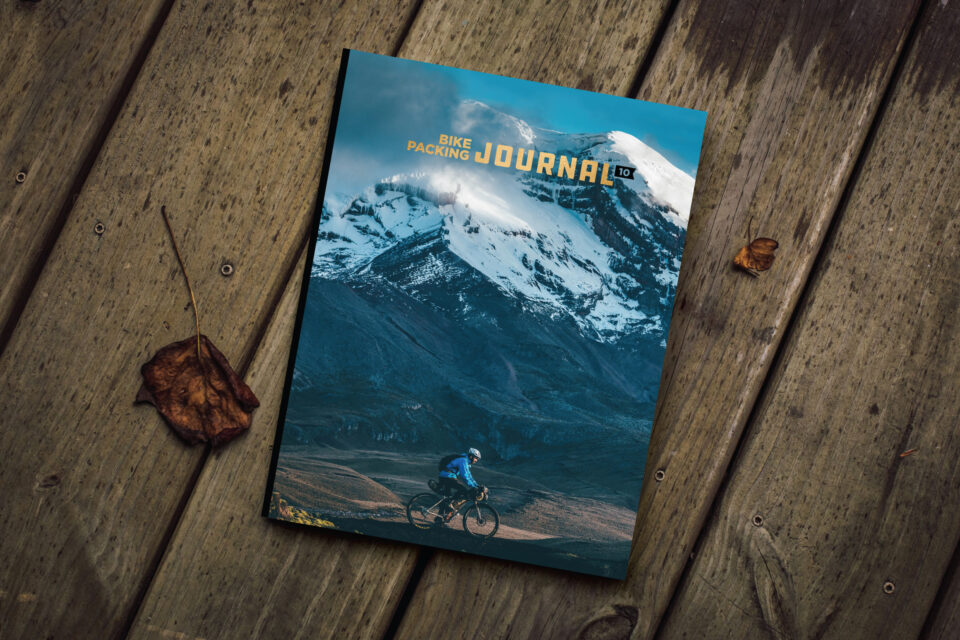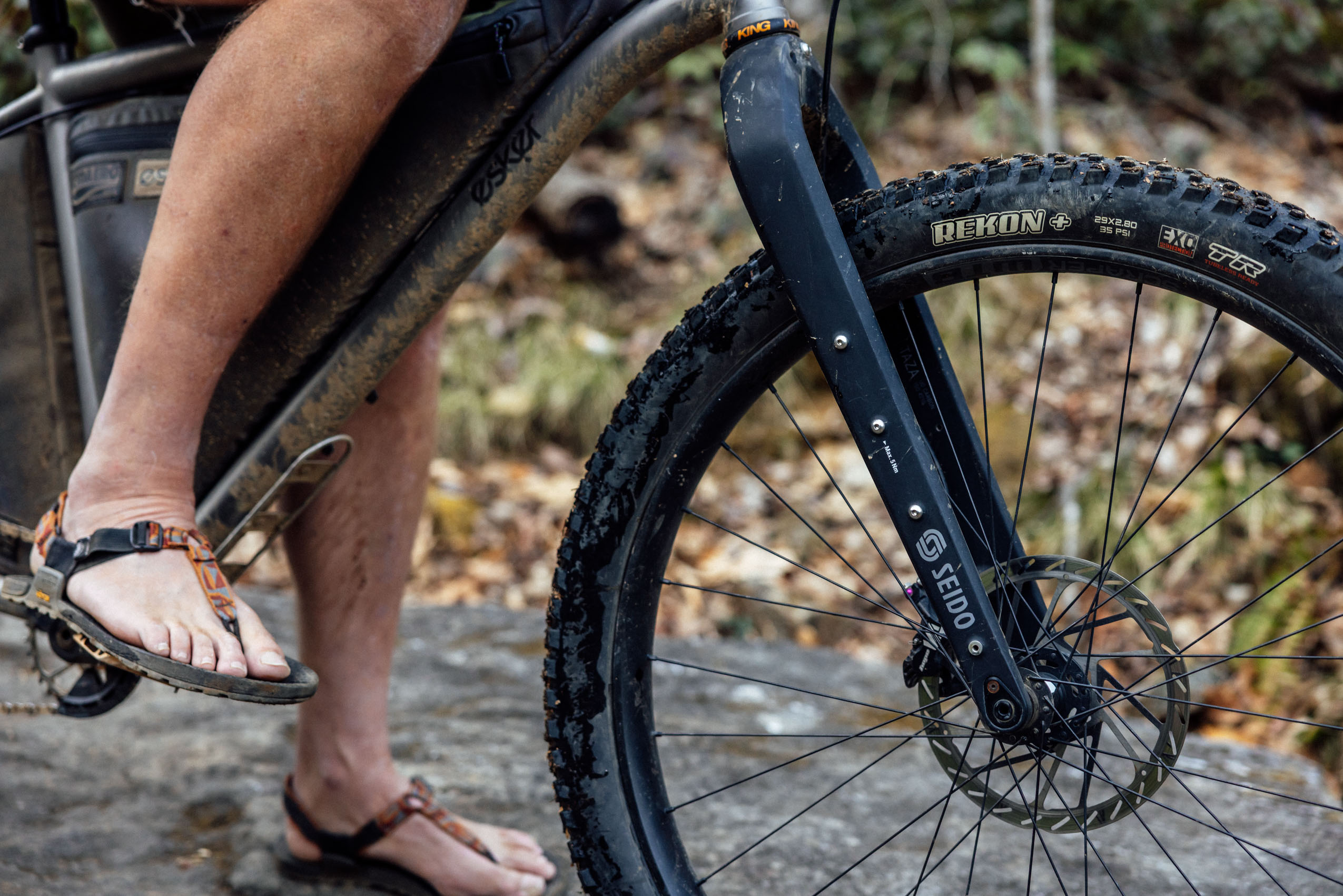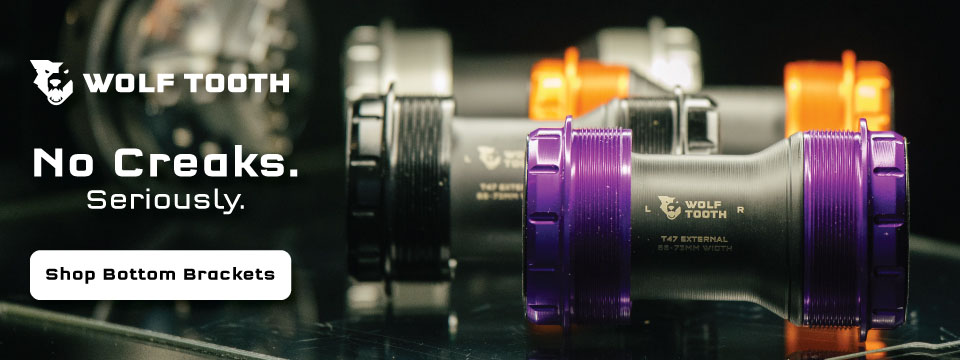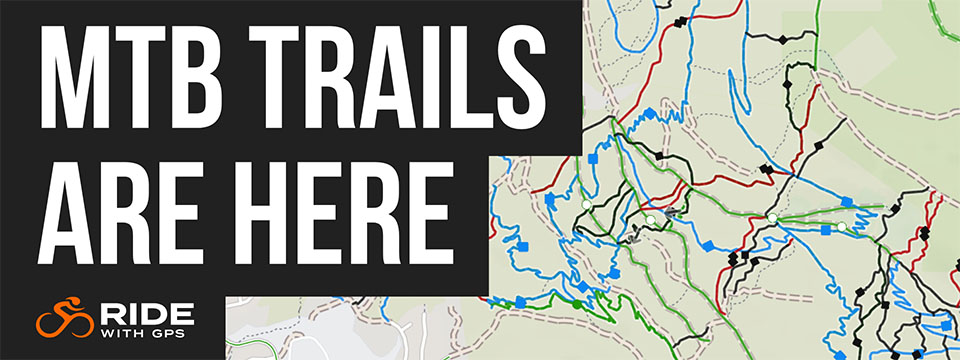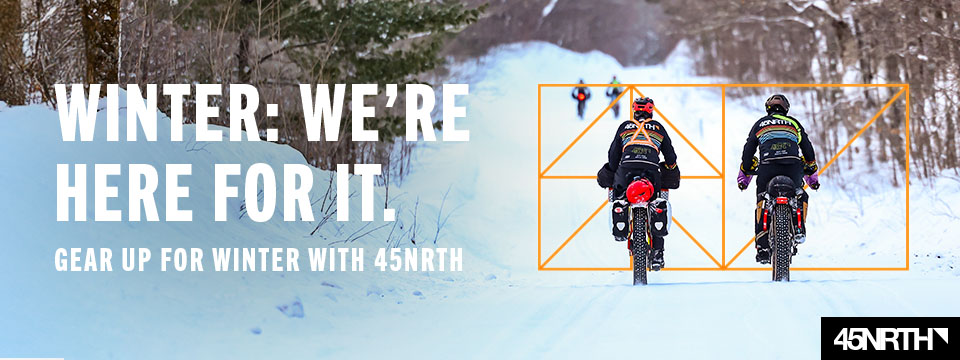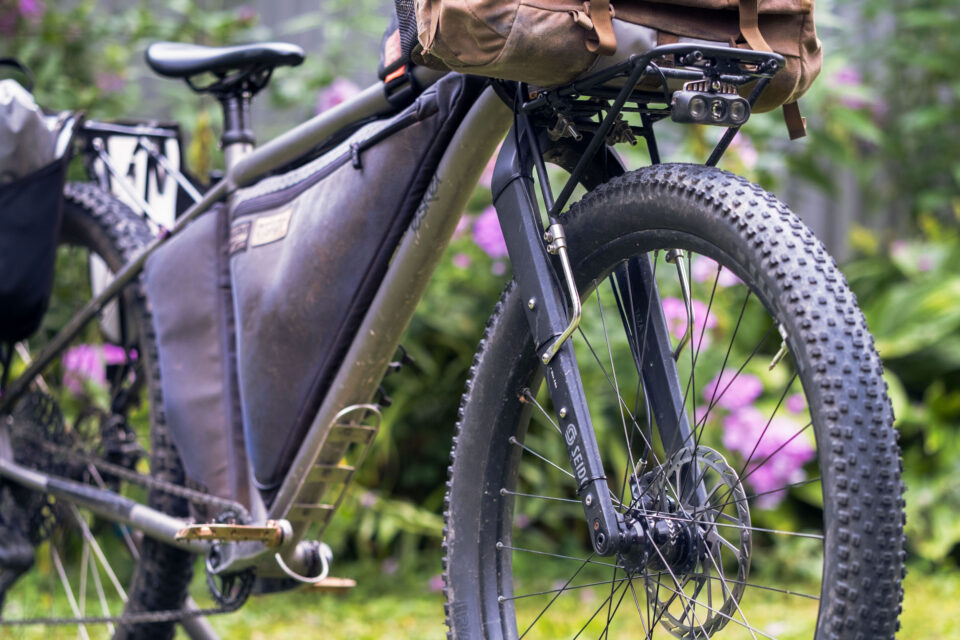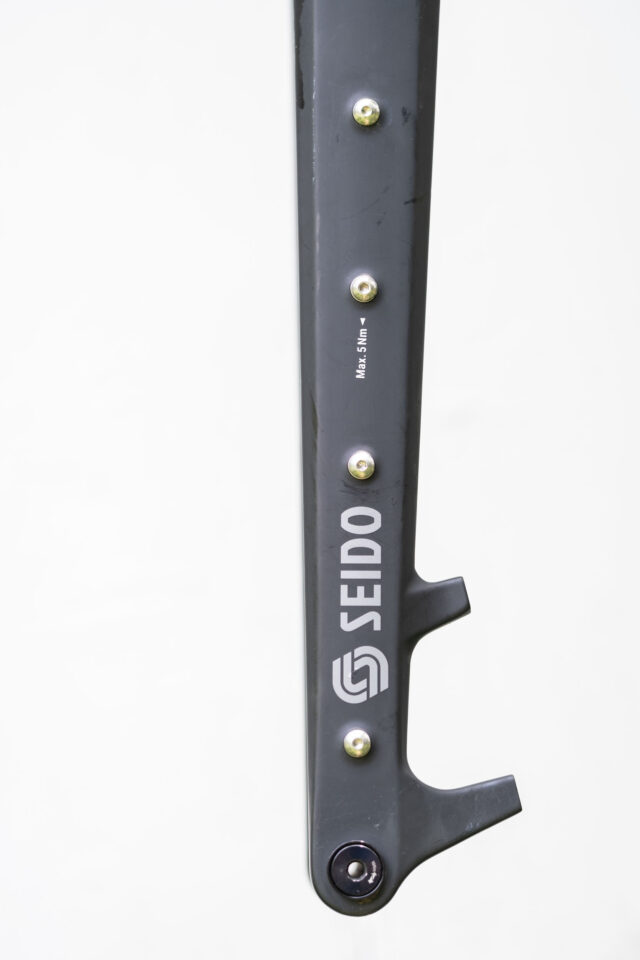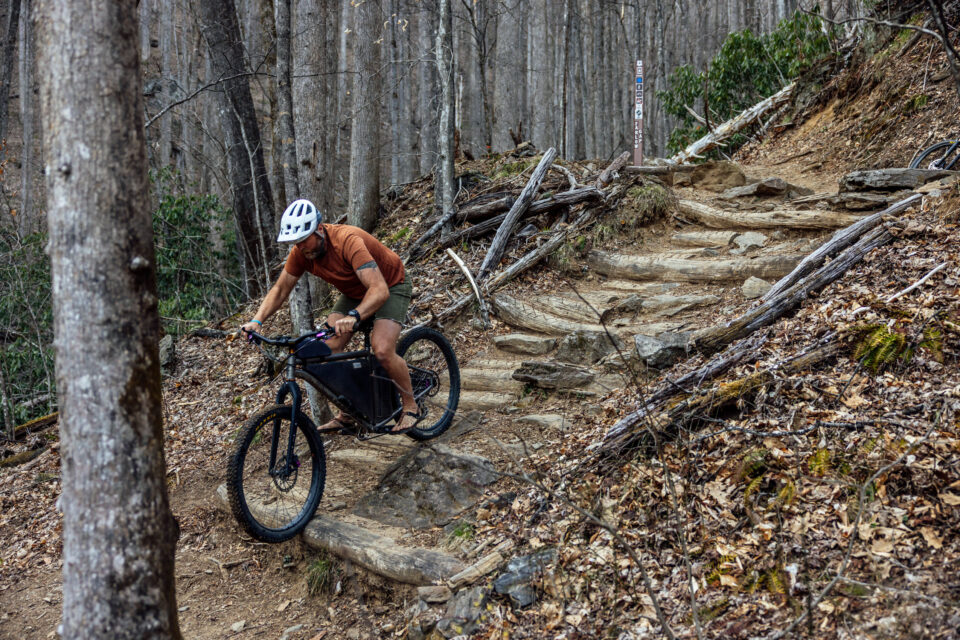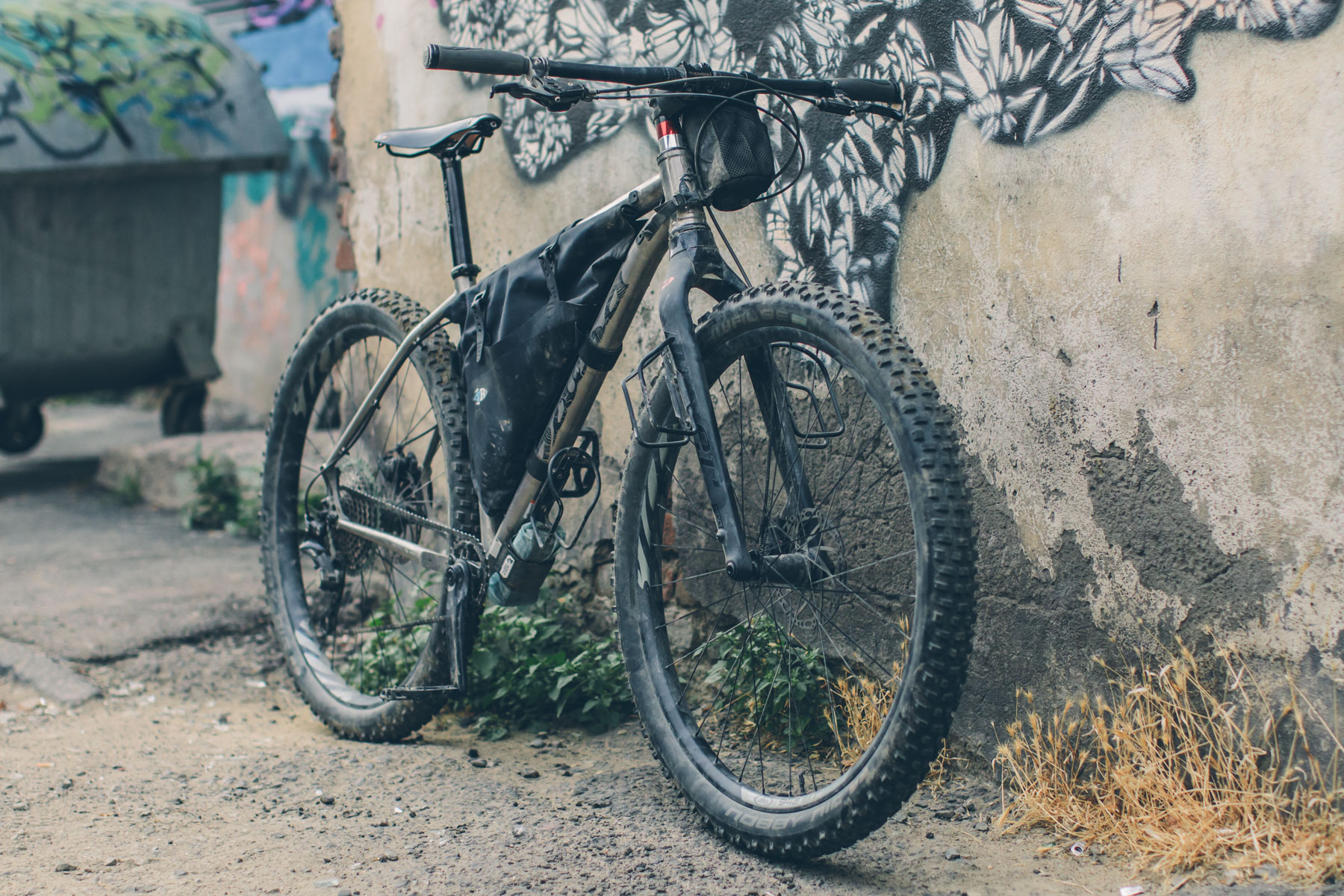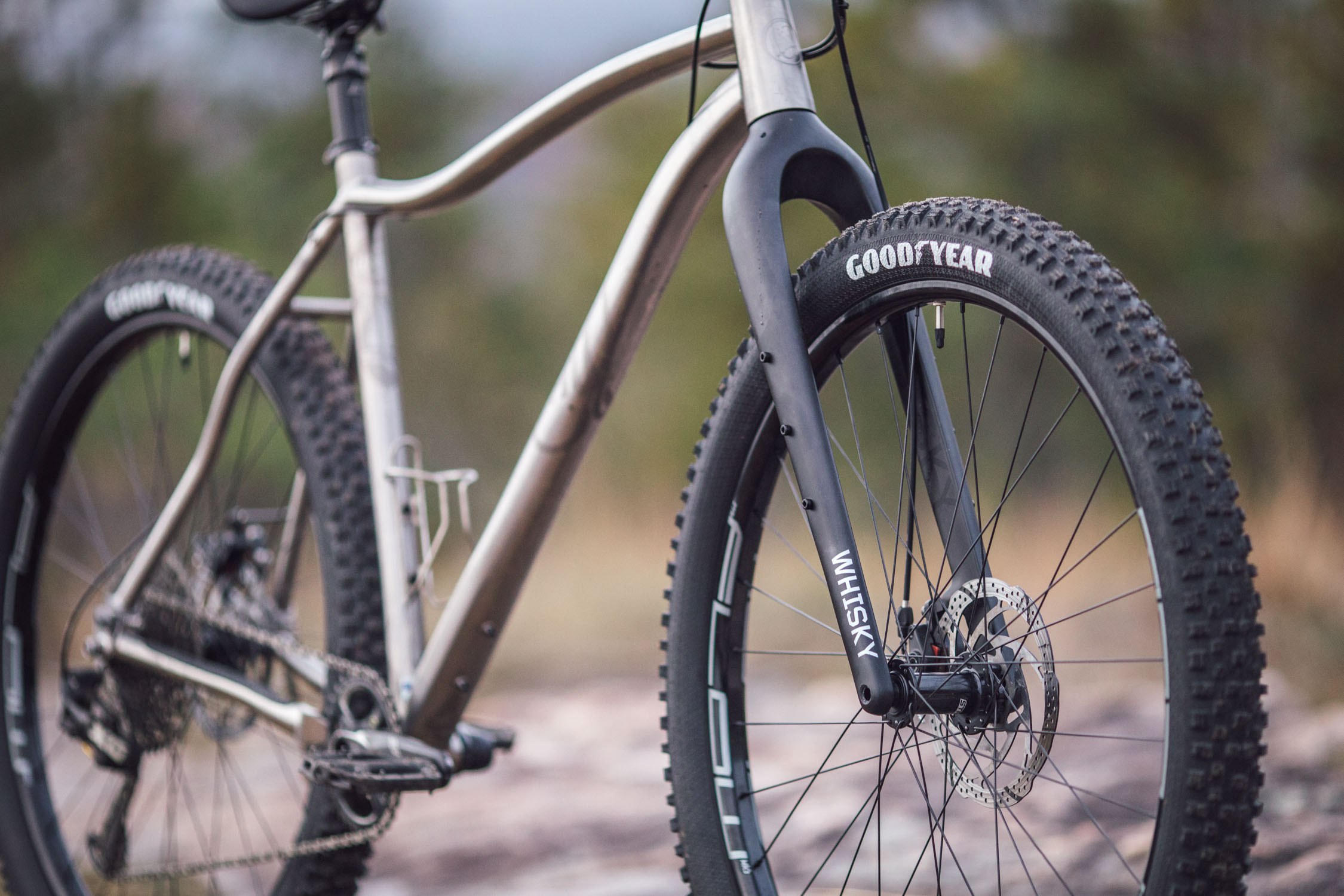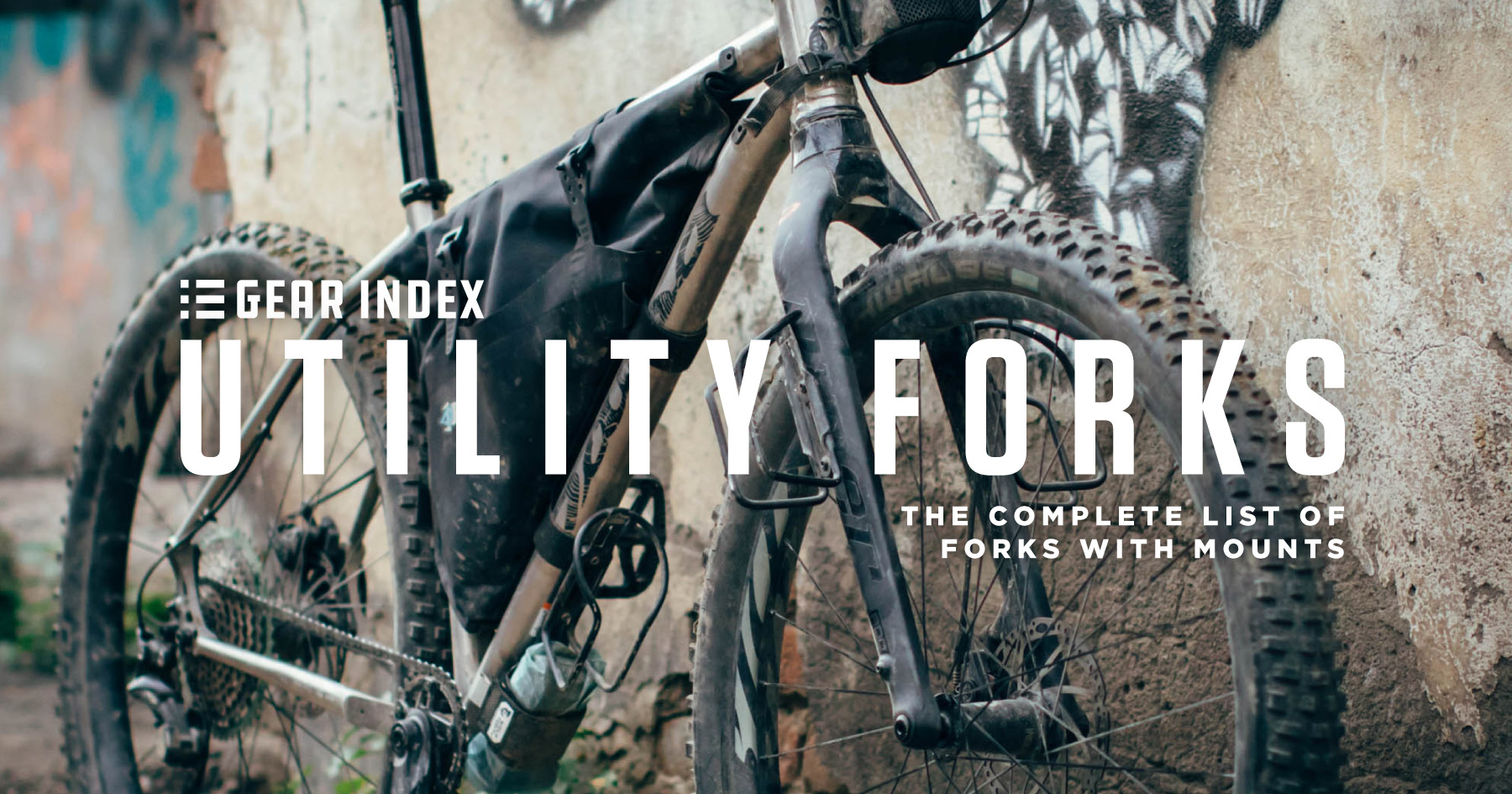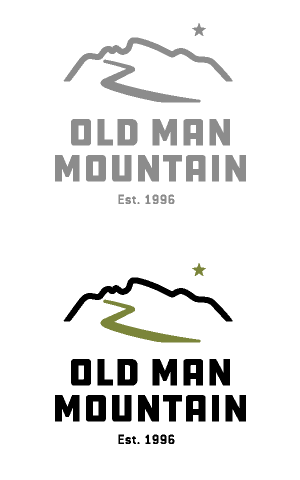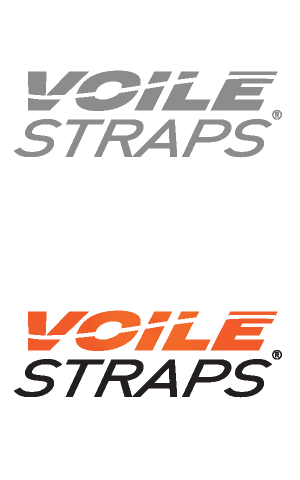Seido Taza Fork Review
Built with bikepacking in mind, the Seido Taza fork offers generous mounting options, a rugged carbon construction, and a stable ride feel under load. We set out to see how it stacks up and tested it over 1,000 miles across everything from washboard gravel rides to loaded singletrack tours. Find our full Seido Taza Fork review here…
PUBLISHED Jul 31, 2025
Seido is the component arm of Bombtrack Bicycle Company, a German brand known for its durable, adventure-ready bikes. Bombtrack has long focused on off-road exploration, and Seido extends that ethos into the component space. Their parts are designed to complement Bombtrack frames but are equally at home on a wide range of other bikes. The Seido Taza fork exemplifies this approach: feature-rich, built tough, and ready for big rides.

Key Specs
- Full UD carbon construction
- Weight: 656g (without hardware), 720g confirmed total uncut
- 510mm axle-to-crown
- 15x110mm Boost spacing
- 330lb (150kg) system limit
- ASTM 3 rating (drops and jumps under 24in)
- Internal dynamo routing
- Three-pack mounts on each fork leg
- Lowrider rack mounts
- Headlight/rack mount on crown
- Fender mount under crown
- 51mm offset
- 33lb (15kg) rack limit when mounted to crown and mid-blade bolts
- 44lb (20kg) rack limit when mounted to dropout and mid-blade bolts
When I first got my hands on the Seido Taza carbon fork, I was struck by its no-nonsense, utilitarian design. The matte black finish is understated and clean. It features all the mounting provisions you’d expect: three-pack mounts, and lowrider mounts, fender mounts but what really caught my eye was the combination of the mid-blade and crown mounts rated to carry up to 33 pounds. It’s clear Seido designed this fork with real-world bikepacking in mind.
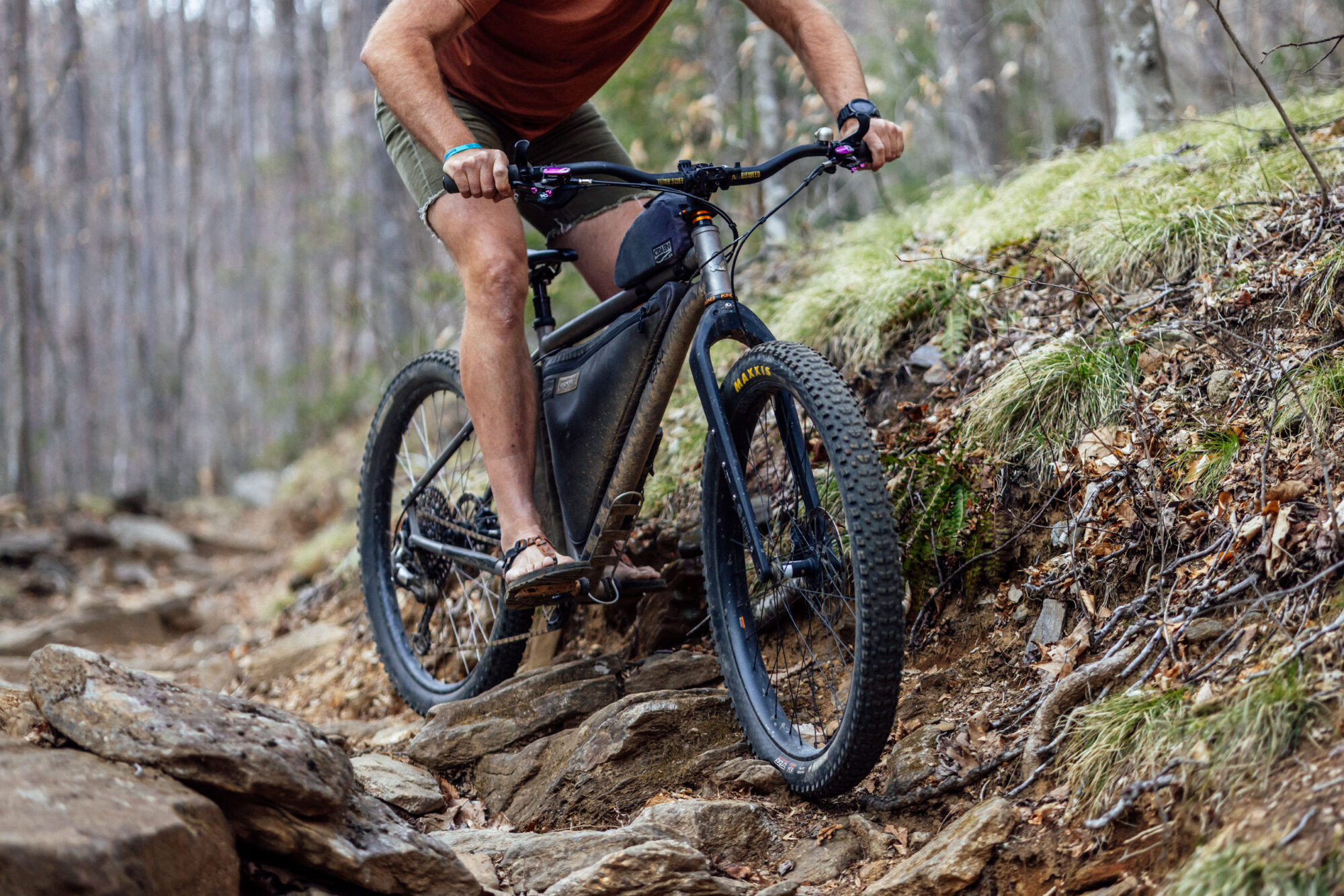
Construction and Design
Seido went with unidirectional (UD) carbon fiber for the Taza, aiming to strike a balance between weight, strength, and compliance. At 656 grams (without hardware), it’s not the lightest carbon fork, but what it offers in durability and load capacity more than makes up for it. The 510mm axle-to-crown height is one of its standout features. Most rigid carbon mountain forks range from 483 to 500mm axle-to-crown, meant to replace 100 to 130mm suspension forks (measured sagged at around 20 percent). The Taza’s taller height preserves handling geometry for bikes designed around longer travel forks and provides a helpful boost in stack height, something I always appreciate as a taller rider.
Over six months of testing, I’ve taken the Taza across everything from washboard gravel to technical singletrack. It’s proven impressively resilient and maintained predictable handling under load.
Mounting and Versatility
Seido nailed the mounting layout. With triple cage mounts on each leg, mid-blade and lowrider rack mounts, fender compatibility, and a robust M6 crown mount, the Taza offers excellent versatility. Whether it’s water bottles, dry bags, or front panniers, there’s a secure spot for just about anything. I generally avoid putting too much weight on the front of the bike, but on longer expeditions, having the option for lowrider panniers is a big plus.
That crown mount is particularly interesting. Most carbon forks either don’t offer one or only rate it for a light rack. Seido, however, claims their crown and mid-blade mounts can safely support a rack with a combined load of up to 33 pounds, thanks to internal reinforcements during layup. Likewise, a lowrider rack mounted to the dropout and mid-blade mounts is rated to carry 44 pounds. Would I carry that much up front? Probably not, but knowing the fork is designed to handle it gives me peace of mind.
The internal dynamo routing is another win. It keeps things tidy and protects your cables. I didn’t use it this time as my K-Lite harness has shrink wrap and a non-removable plug that made threading it through the fork impossible, but I’m planning to build a dedicated harness to take advantage of it in the future.
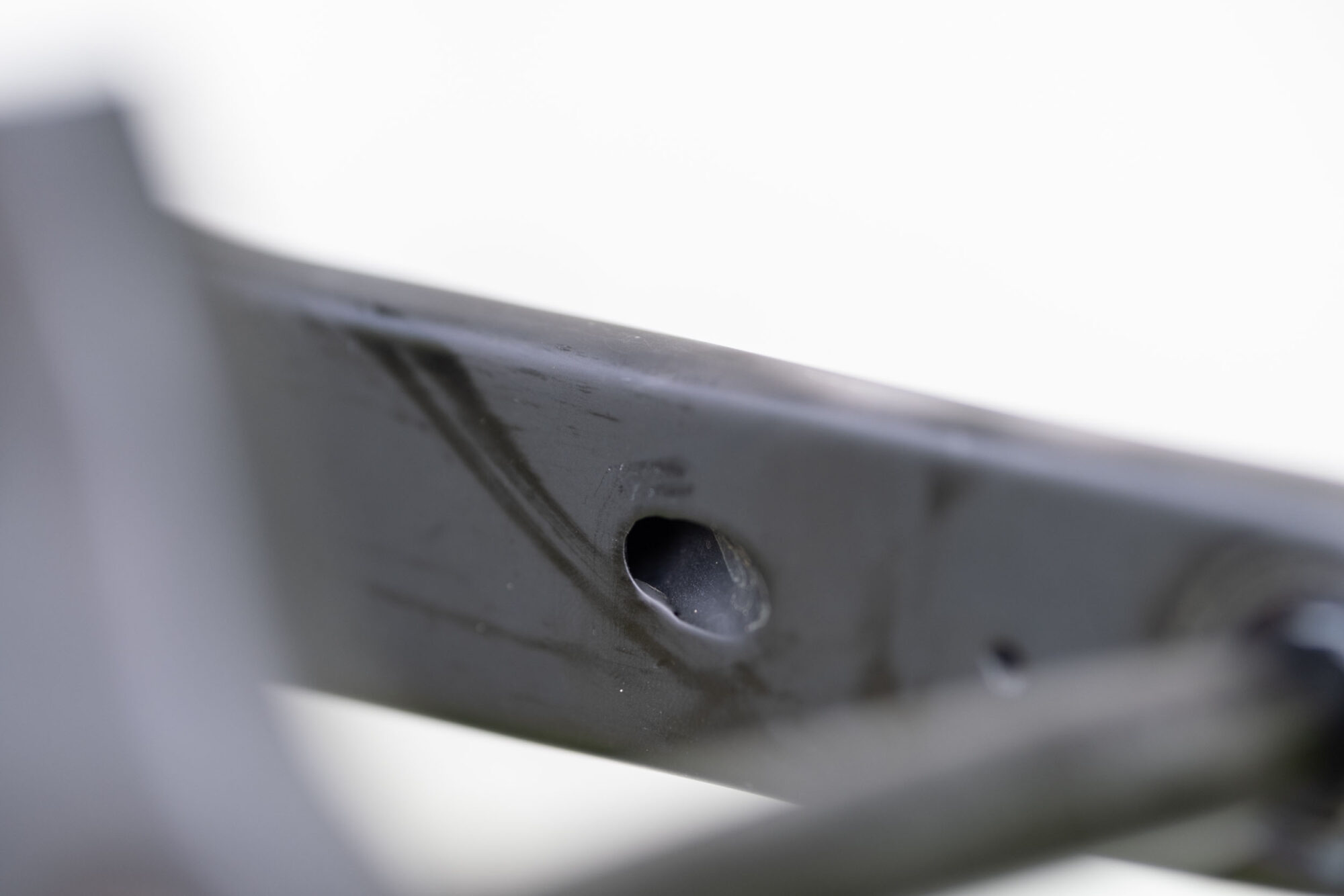
With its generous clearance for 29 x 3.0″ tires and room to spare for mud, the Taza makes it easy to tailor your setup to the ride, whether it’s a lightweight overnighter or a fully loaded tour. During testing, I also changed up my handlebar bag setup. I swapped my standard harness mount for a Bags by Bird Goldback paired with a Surly 6-Pack Rack. I’ve owned the Goldback for a while, but its large size and tendency to sag made it tough to use. Mounting it to the Taza’s crown and mid-blade eyelets gave it a rock-solid platform and opened the door to a bit of overpacking.

I previously tried the same bag with an Old Man Mountain Elkhorn rack mounted to the axle on an ENVE Mountain fork, but the rack sat too low to support the bag at my handlebar height. The Surly rack on the Taza has worked out far better.
Real-World Performance
On the bike, the Taza rides well. The carbon construction smooths out small chatter and high-frequency vibrations, making long days in the saddle a little more forgiving. I recently rode a 300-mile multi-day route in central Florida on my Esker Hayduke LVS, swapping out my 120mm RockShox SID for the Taza paired with a 29 x 3.0 WTB Ranger. Florida riding is relentless, constant pedaling on bumpy terrain. It’s not about big hits; it’s the unending trail buzz that wears you down. In those conditions, a rigid carbon fork paired with a big tire feels like the right call. Dropping nearly three pounds off the front end also made a noticeable difference in how the bike handled, especially in sand, tight corners, or when lifting it over logs and debris.

Back in Pisgah, I’ve logged a few hundred more miles on the Taza during gravel days, singletrack, and multi-day loaded tours. The fork feels stable and predictable under load, great for climbs and flowy descents. But when the trail turns rough, roots, rocks, and bigger hits it starts to feel a bit harsh, especially compared to a steel fork. That stiffness, while good for precision, doesn’t offer much give when things get chunky. It’s happiest when the pace is steady and the trail’s not trying to throw you off.

Comparisons
Ride quality-wise, the Taza holds its own against other high-end carbon forks I’ve ridden, such as the ENVE Mountain fork, Lithic Carbon Mountain fork, Whisky No.9 LT, and Salsa Firestarter Deluxe.
The Salsa Firestarter offers more mounting options with an extra set of triple mounts per leg, but its crown bolt is only rated for use with a headlight, and its 27mm shorter axle-to-crown height makes it better suited to bikes designed around a 100mm-travel fork. The ENVE Mountain fork has a sleek design, adjustable rake, and integrated fender, but only one set of three-pack mounts per leg and a 20mm shorter axle-to-crown than the Taza. The Lithic fork stands out for its adjustable dropout system that accommodates both Boost and non-Boost hubs, and either flat- or post-mount brakes. I wish the Taza had similar adaptability; it’s a major plus for riders who like to tinker or swap wheels between bikes.
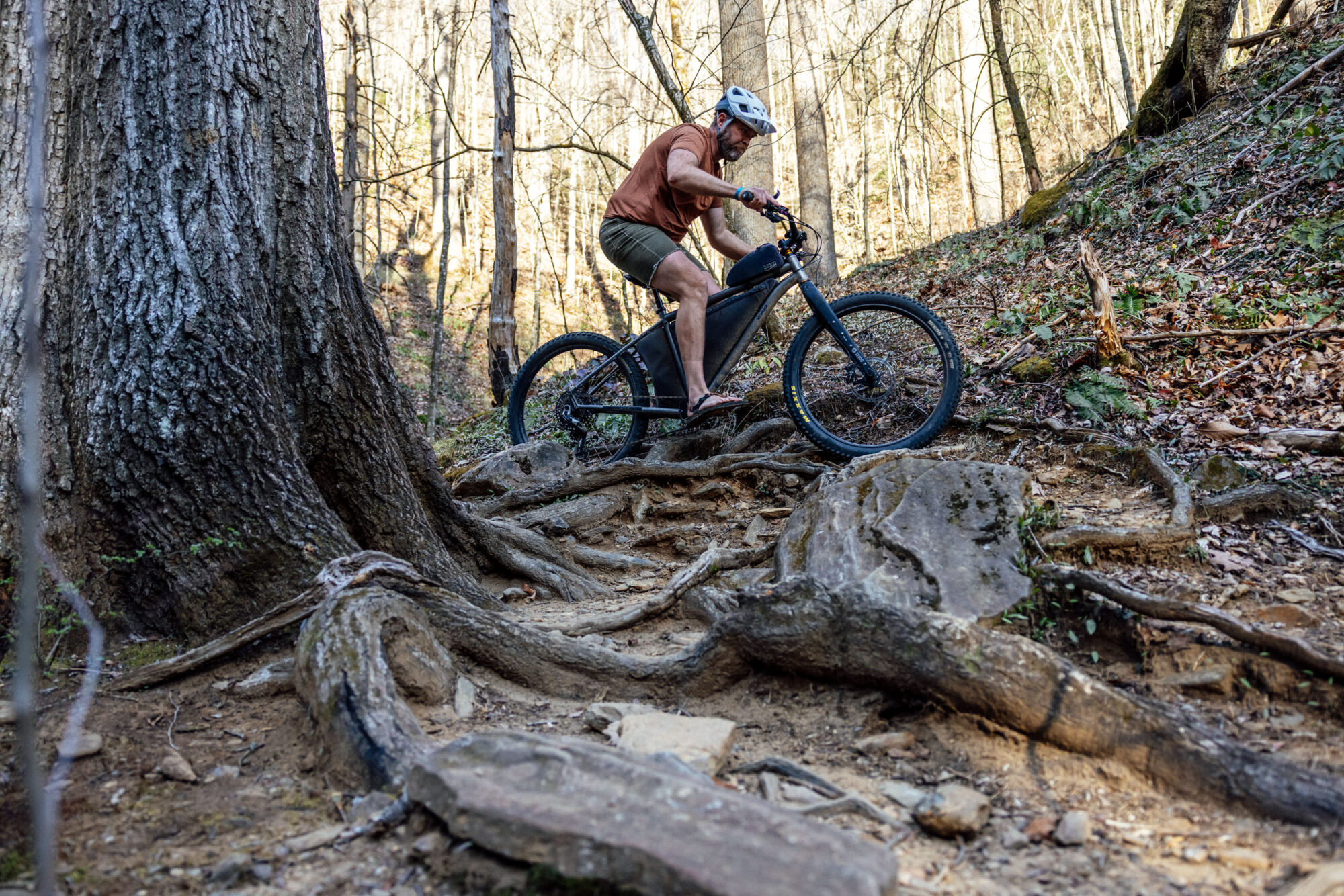
- Model/Size Tested: Seido Taza Fork
- Actual Weight: 656 grams (without hardware)
- Price: $540/€646
- Place of Manufacture: Taiwan
- Manufacturer’s Details: Seido
Pros
- Lightweight but strong—ideal for loaded adventures
- Tons of mounts for creative packing setups
- Internal dynamo routing keeps cables clean
- Stable geometry for long-haul riding
- Big tire clearance with room for mud
Cons
- Pricey for a rigid fork
- Boost spacing may require a new front wheel
- Rigid carbon can feel harsh on rough terrain
Wrap Up
All told, the Seido Taza is a solid performer. It offers a balance of cargo capacity, thoughtful mounting options, and ride stability that makes it a great companion for everything from weekend trips to longer tours. A few tweaks like adjustable dropouts for different brake mounts and offsets would elevate it even further, but as it stands, the Taza holds its own among the best.
At $540 (or €646 in Europe), the Taza isn’t cheap. But if you’re looking for a feature-rich carbon fork built to handle real-world adventures, it’s a worthy investment. I’ve logged over a thousand miles on it across varied terrain, and it’s held up beautifully. Seido set out to build a fork that can carry the load both literally and figuratively. I’d say they nailed it. If your rides involve big miles, big bags, and big terrain, the Taza deserves a spot on your shortlist.
Further Reading
Make sure to dig into these related articles for more info...
Please keep the conversation civil, constructive, and inclusive, or your comment will be removed.


